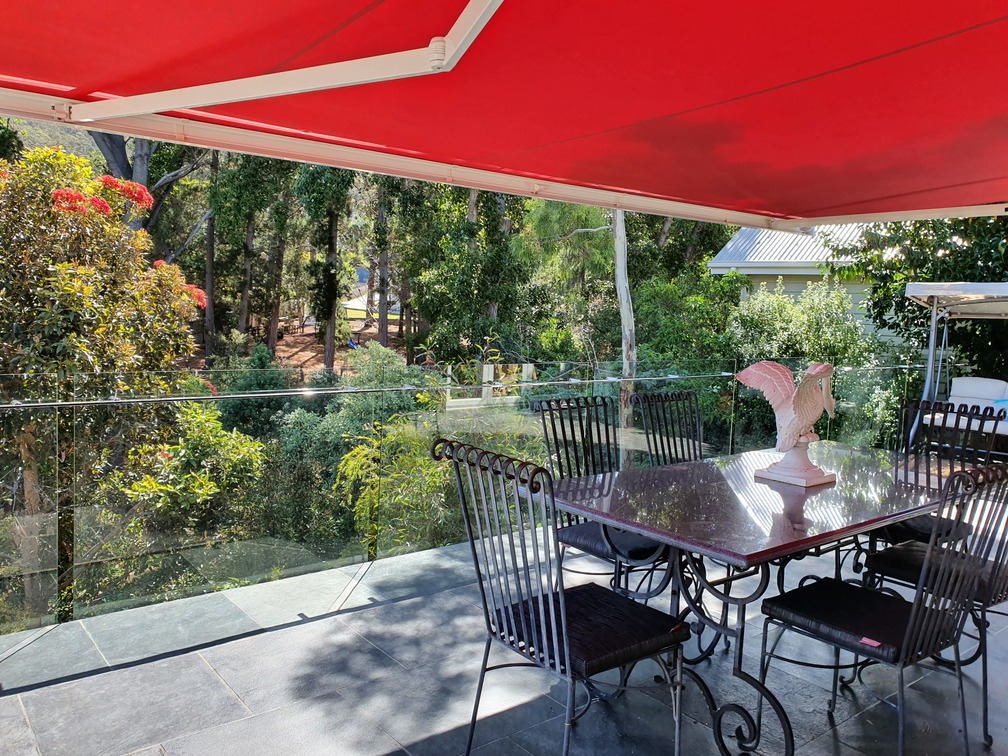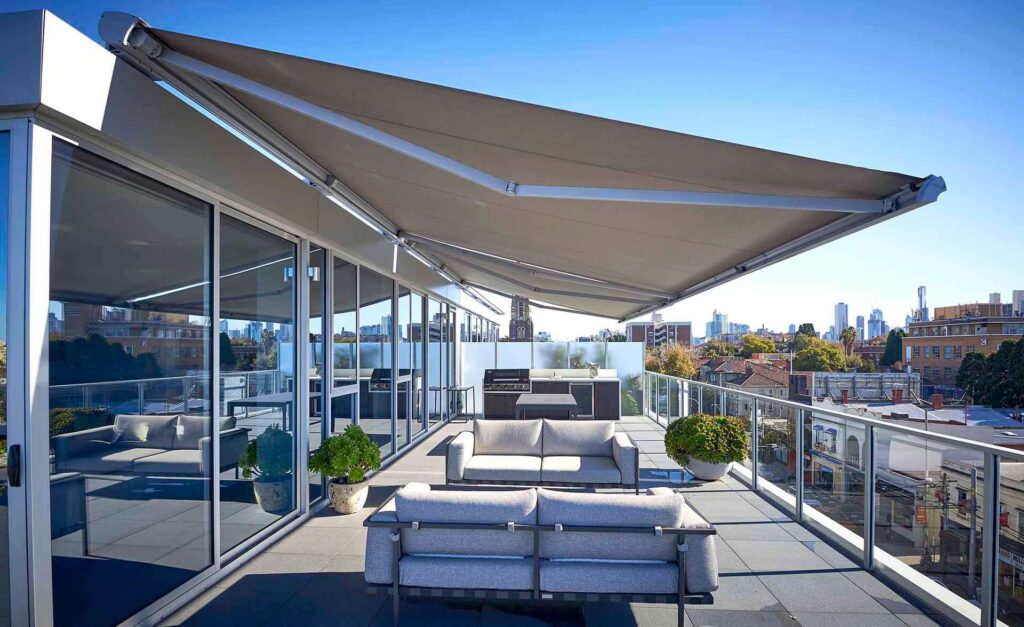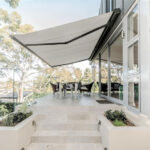Do I Need a Permit for an Awning?
When it comes to researching installing an awning, it can seem like getting answers can be daunting. One of the most common questions is “Do I need council approval for an awning?” Unfortunately, the answer to this one isn’t black and white, as planning permissions can vary by councils and boroughs, and each state will have its own regulations.
If the awning is going to be placed over a public pathway for example the council will need to be involved in some way. It is always best to contact your local council planning department with the specifications of your project to determine if permission is required.
However, we’ve done some homework to hopefully dispel some of the confusion.
Aspects to Consider
Architect Involvement
Depending on the extent of the work and the size of the project you may already have an architect involved in your construction.
In this case, the architect will be able to guide you as they’ll likely be submitting a DA (Development Application) and the awning will likely be part of that application.
Private Builder Certifier
Another entity you may need to have involved will be a Private Building Certifier.
It is not always that you have to go through council to get your building approval. Private certifiers inspect and approve building work to make sure it complies with the approved building plans and appropriate building standards including the Planning Act 2017, the Building Code of Australia, Building Act 1975.
Licensed Contractors
It is always best to contact a licensed contractor who will be undertaking the installation of the awning, to guide you on your project and requirements. They will understand your specific needs, assist you with quoting the cost of the job, and be able to direct you to the right organisation to assist with any approvals that may be needed.
Residential Vs Commercial Permissions
New commercial and domestic constructions will always need a DA (Development Application) which will be submitted by an architect, and the awning will be factored into that application.
Your architect will apply for the DA, which will cover the structure, deck and cantilever awnings.
Non-habitable commercial projects will always have to conform to fire rating standards – due to being a high traffic venue with multiple people visiting the premises.
Things to consider when making the decision to have an awning installed:
- If it is an addition to the existing structure – permission could be needed, and it’s best to check with a Private Building Certifier. They can act as the go-between if council permits are required.
- Any building work under the Building Act – will have to comply and you’ll likely need an architect to be involved.
The Bottom Line
It’s always best to consider all structures being built or installed as needing checks against any planning permissions required.
Another reason why it’s essential to hire a knowledgeable, reputable installer is that they will be familiar with the local mandates which may save you time and money in the long run by avoiding costly mistakes.















Sorry, the comment form is closed at this time.